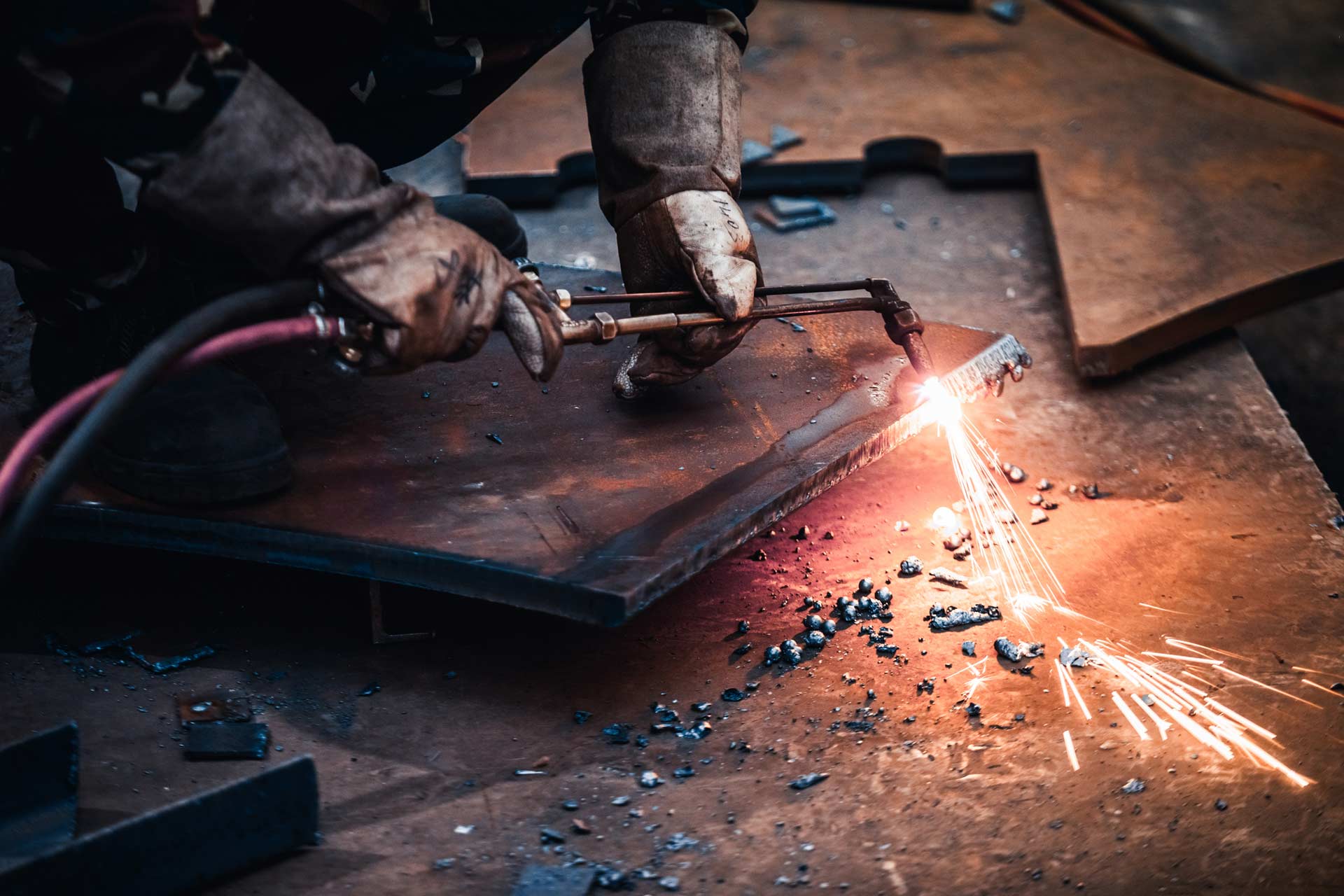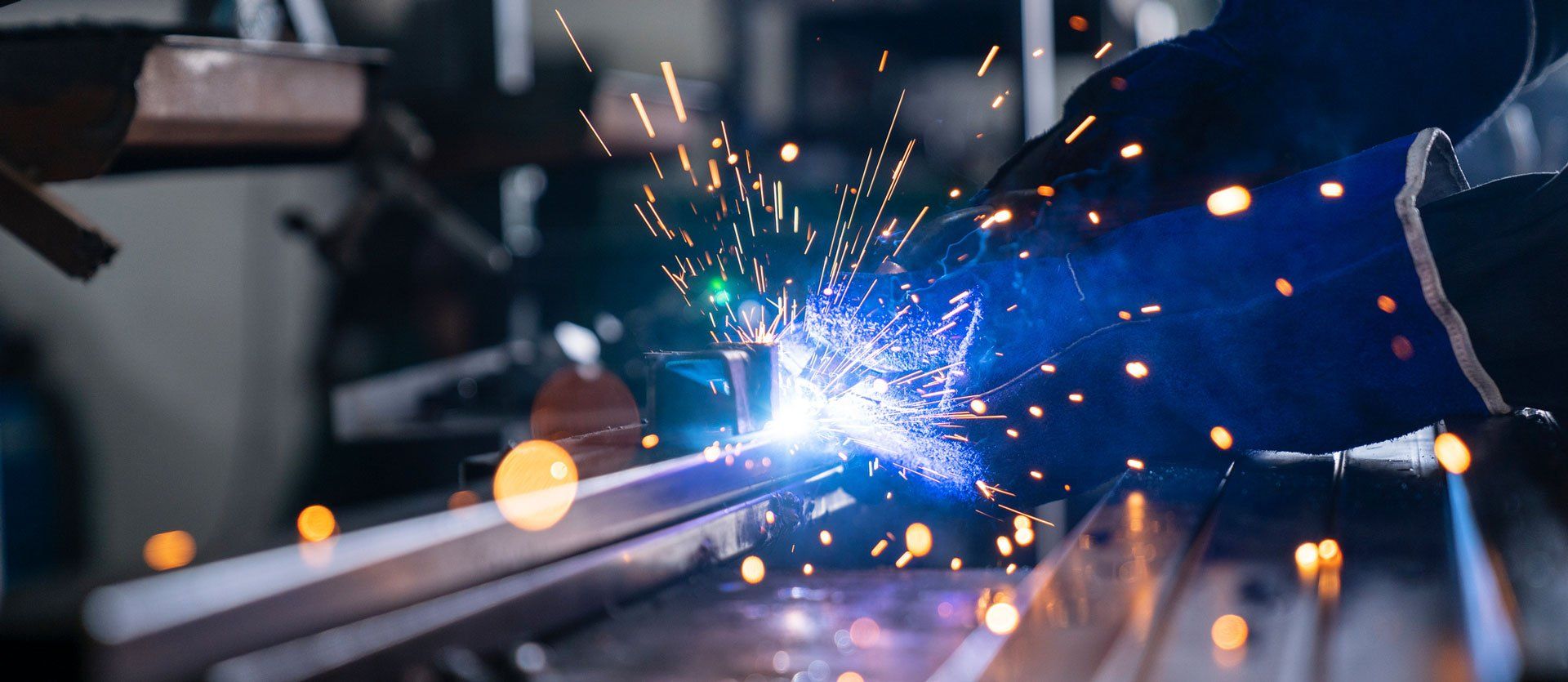4 Smart Ways to Prepare Your Substrates for Metal Fabrication

Metal fabrication is an important step when processing raw materials into final products. Whether you need to cut, sheer, cast, or forge a desired metal, adequate preparation will ensure high-quality end products. Therefore, a fabrication plan for each substrate you work with is critical, especially for large-scale operations.
Preparation will also make it easier for you to choose a reliable metal fabrication company. By developing a solid plan with your metal fabrication partner, you can significantly reduce costs and material wastage while improving your bottom line.
Read on to learn four smart ways of preparing your substrates for the fabrication process.
1. Start With a Value Proposition
A value proposition is a framework that ensures you're adding value during every step of the manufacturing process. Many workflows don't add value to finished products because of consumed resources. For example, you may be cutting your metals too thick during the fabrication process, thus using more material than necessary.
Insufficient force during forging and extrusion may also result in non-uniform end products that increase manufacturing expenses. Start by auditing your fabrication process to identify inefficient workflows. A metal fabrication company can help you analyze your DXF files for inaccurate dimensions or unnecessary coordinates.
Furthermore, work with your fabrication partner to access data-driven insights that boost productivity. Historical data on machine performance, production timelines, and raw material consumption is a critical asset during the value proposition process.
2. Optimize Temperature and Pressure
Optimal temperature and pressure settings are critical during metal fabrication. Raw materials such as brass and aluminum may warp under high heat, while the brittle nature of magnesium may result in breakage under high-pressure conditions. Therefore, work closely with your fabricating partner to determine the optimal conditions for your raw materials.
Bronze, for instance, is a reliable metal for high-pressure settings such as casting and forging. On the other hand, stainless steel is a common choice for laser cutting and machining. Consider the raw materials you will use and the nature of your end products before setting the temperature and pressure.
3. Remove Impurities from Metal Surfaces
Surface preparation involves the cleaning of impurities from a metallic surface before fabrication. For example, when working with iron or steel, you may need to remove rust and other coatings that interfere with material processing. Surface preparation is particularly useful during welding. If the material isn't free of impurities, foreign objects may enter the weld pool and affect product quality.
There are many ways of cleaning your metallic surfaces before the fabrication process. Power brushes use abrasive force to scrape off impurities, while bonded abrasive products prevent oxidation and uneven surfaces. Furthermore, a smooth and uniform metal surface is critical for sheering and laser cutting.
4. Control Cutting Speeds to Minimize Wastage
Another important preparation tip is to control machine cutting speeds. Faster is not always better, especially when working with limited raw materials. Your plan should prioritize accurate and precise cuts along your substrate to reduce wastage. When milling or drilling through metal, use low cutting speeds to ensure proper friction along the surface.
Consider using a variable-speed tool if you need more complex cutting patterns. Your metal fabrication service can help you select adequate operating speeds across each type of substrate to deliver high-quality end products. Furthermore, adapting your cutting speeds to the substrate will reduce costs and produce clean, precise cuts.
A planned metal fabrication process is an excellent way to add value to your end products. With the right fabrication service by your side, you can increase project capacity without compromising quality or cost.
If you're looking for a quality metal fabrication service to partner with during your next project, Schorr Metals Inc. is here to help. We deliver spectacular service and on-time delivery for our clients. Contact us today.







